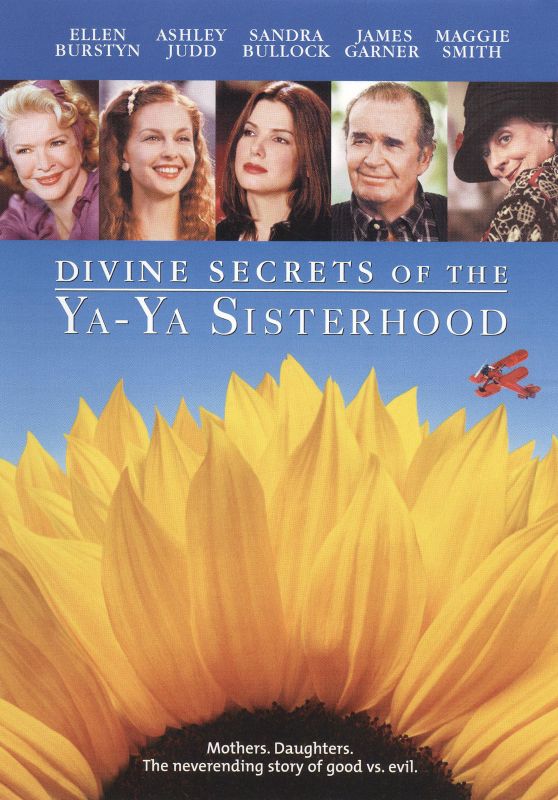

At the end of the novel, Sidda has a moment of insight into both her life and the lives of her family when she suddenly realizes that, ‘ All their longing was pure.’ What does Sidda mean by this expression? 7. Wells opens the novel with references to Little Richard in the ‘ Prologue’ and to Aaron Neville in the concluding chapter? What significance mightthis have? What role does racism play in the story of the Walkers? How does the value system of Chaney and Willetta differ from that of Vivi and Shep? 6. Wells has said that ‘ humor is the healing art.’ Discuss this in light of this novel. What are the ingredients of this legacy? Shame? Suffering? A sense of wonder? A capacity for rapture? 4. Vivi imparts a complex legacy to her children. How does Catholicism both bless and damage the Walker family? 3. Catholicism is a strong presence in the novel.

What attitude does the novel take toward institutional religion i.e., denominations, spirituality a belief in and need for God and meaning, and human suffering. What advantages are gained by this? Does this multiple perspective mean that we sense the story from a broader perspective from that of any one character? And what, if any value, is that broader perspective when evaluating the moral behavior of a character? Does the use of multiple narrators point to a truth that is too big, too uncertain, and too complex for any one character or person to put all together into a cogent vision? Do multiple narrators soften our judgments about a character? 2. Wells uses multiple narrators to unfold the story in ‘ Little Altars Everywhere.

It offers no miracles of redemption instead it suggests the power of an open heart to offer protection to the innocent. ‘ Little Altars Everywhere is finally about the tiny murders that occur within a loving but lost Catholic Louisiana family. It becomes clear that ultimately, there is no one truth within a family there are only each character’s tiny pin light of truth. The previous stories weren’t necessarilylies, but they weren’t the whole truth. Twenty seven years later, Wells returns to the Walkers, and this time the stories are startlingly different. The book opens in 1963 with the recollections of Siddalee as a young girl, and continues with entries from her siblings, parents, and the black ‘help’ who cannot save the Walker’s from their darkness. Each member of this funny, charming, and wounded family describes the view from his or her perch on the family tree. Her husband, Shep, is a cotton planter, and the two of them have four children: Siddalee, Little Shep, Baylor, and Lulu, who is named for Tallulah Bankhead, one of her mother’s patron saints. Vivi Abbot Walker, the mother, is the eye of the hurricane. Plot Summary: ‘ Little Altars Everywhere, the first novel by Rebecca Wells, is the bittersweet story of the Walker clan of Thornton, Louisiana.


 0 kommentar(er)
0 kommentar(er)
